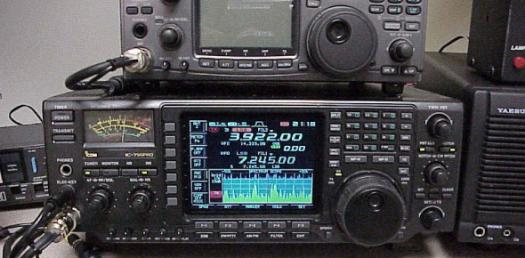Brunei Darussalam: What Do You Know About Amateur Radio? Quiz
- ITU
- AiTi
2.
You may optionally provide this to label your report, leaderboard, or certificate.
×
Thank you for your feedback!
















